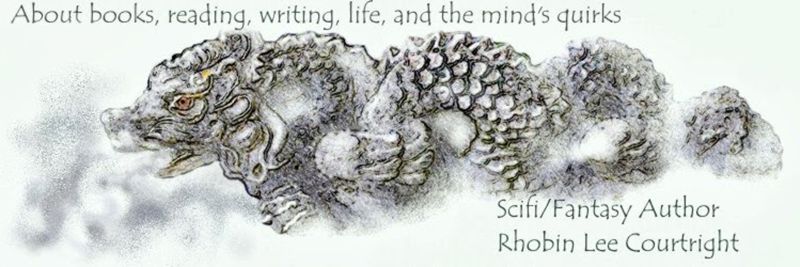Who doesn’t love a Phoenix, the mythical Greek bird that ends its life in flames only to be reborn in an immortal cycle? It is still a powerful symbol of rebirth and even had a small but important part in the Harry Potter series.
Where did the Phoenix come from? The Greeks and Romans can claim their version of the bird as we know it. Supposedly the Phoenix
didn’t lay eggs&emdash; there was only one. The Phoenix lived as much as a thousand years only to burst into flames, dying as a pile of ashes. The ashes then regenerated into a new
young Phoenix. The ancients only knew two sources of heat and light, the sun
and fire, so the Phoenix, representing fire, was thought to also represent the sun. Why is a bird used to
represent the sun? At the time, nothing could get closer to the sun than a bird,
which occasionally, with distance, even seemed to disappear in the sky.
In ancient Egyptian mythology, there was a solar bird, the Bennu.
The Russians had a firebird, and still more Eastern cultures had other mythic sunbirds. No one knows how they are related. Perhaps with trade and the disbursement
of knowledge, these myths influenced each other.
More than rebirth the phoenix came to represent the sun, and time as it is related to the sun, therefore to the death-birth cycle. It also represents virginity and perpetual hope for continuation, including for countries. Parts of this legend were transmuted into the Christian faith, paradise, and everlasting life. As with the sun, the phoenix became a symbol of powerful rulers.
More than rebirth the phoenix came to represent the sun, and time as it is related to the sun, therefore to the death-birth cycle. It also represents virginity and perpetual hope for continuation, including for countries. Parts of this legend were transmuted into the Christian faith, paradise, and everlasting life. As with the sun, the phoenix became a symbol of powerful rulers.
What I find interesting is the ancients had a being
representing the transmutation of matter (living bird) to energy (fire) and back
to matter. In quantum physics, matter and energy are considered particles that
can be either. In fact, the person observing an experiment determines whether
the particles are measured as being matter or as energy since the particles
can be either.
This might account for why the phoenix is still so popular:
An old mythic legend that somehow also abstractly represents now and future theory.

No comments:
Post a Comment